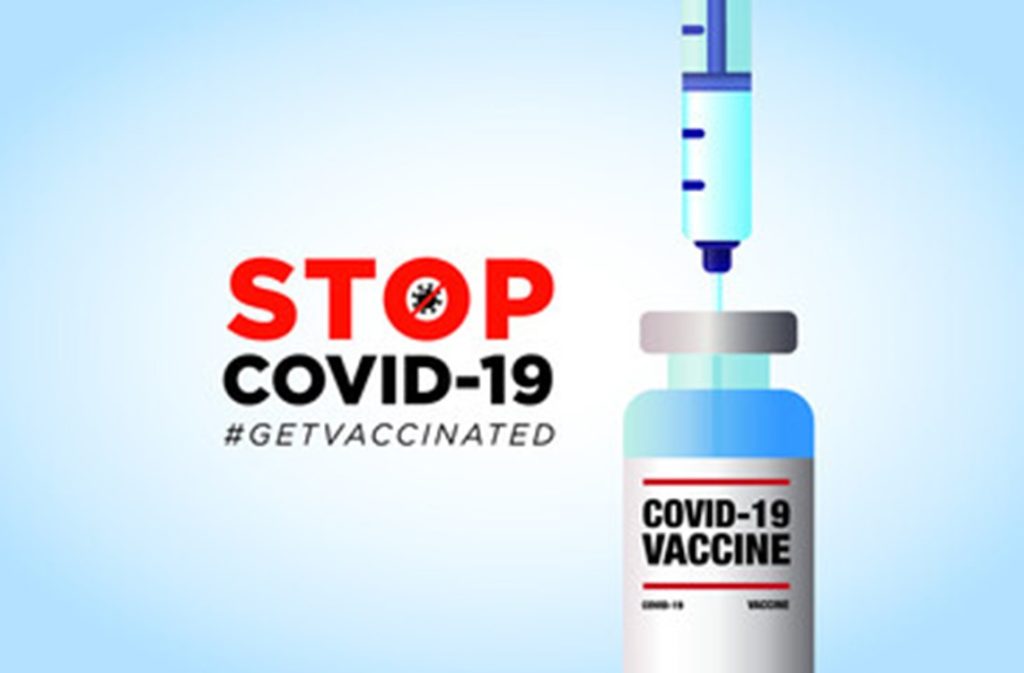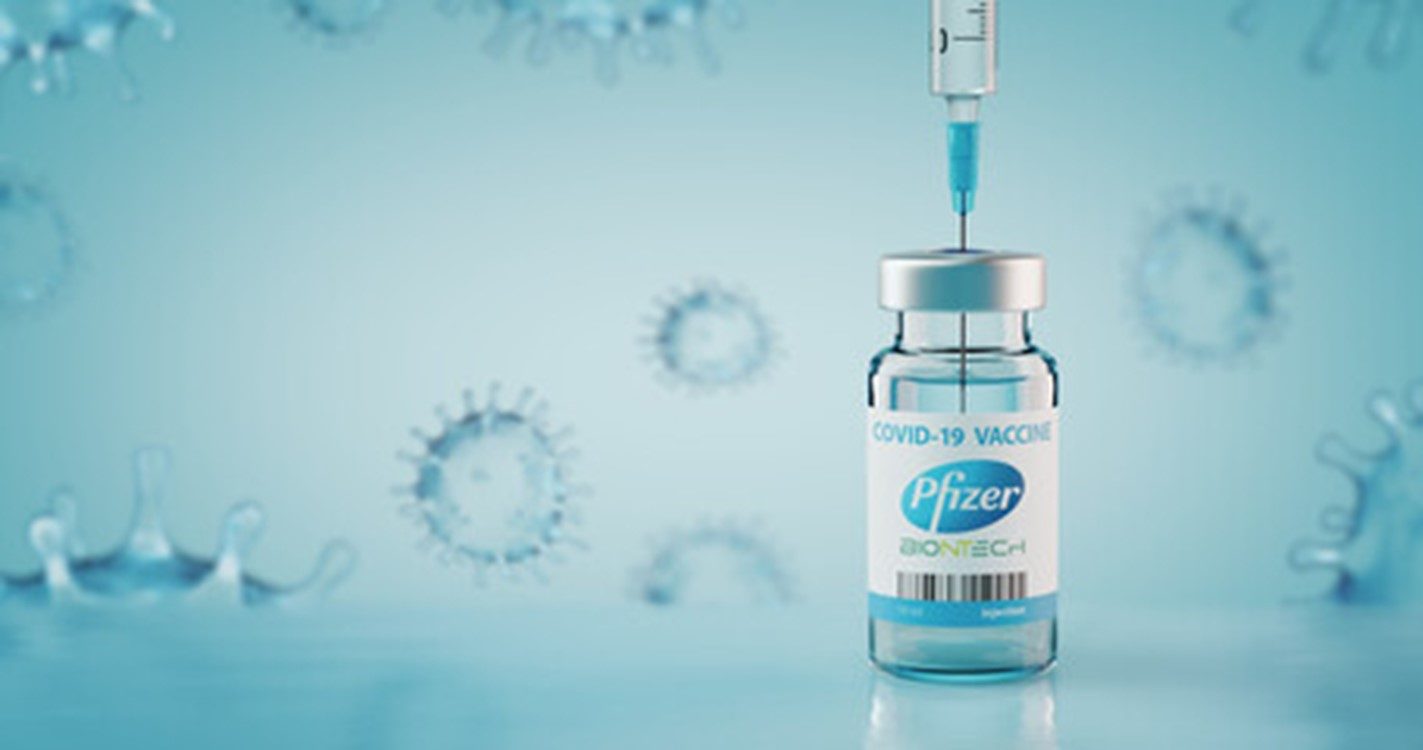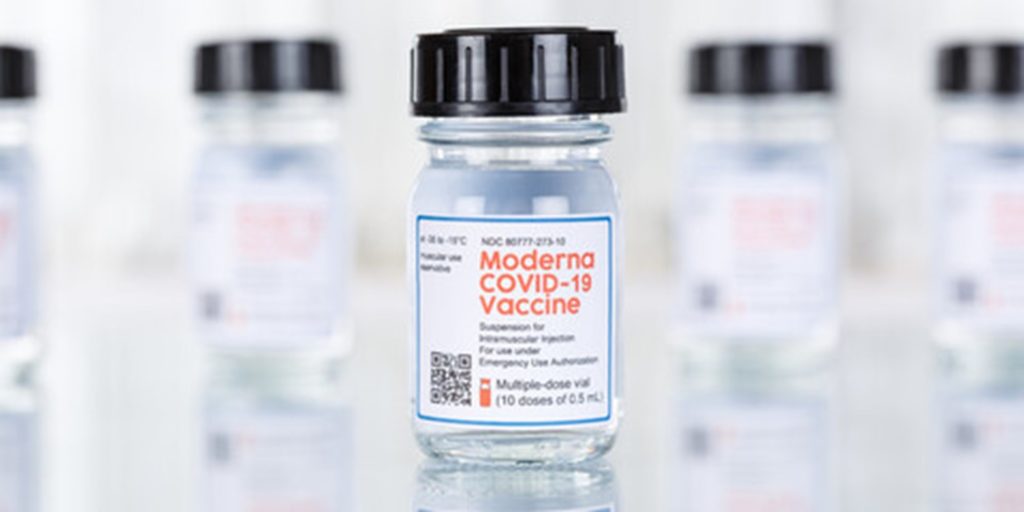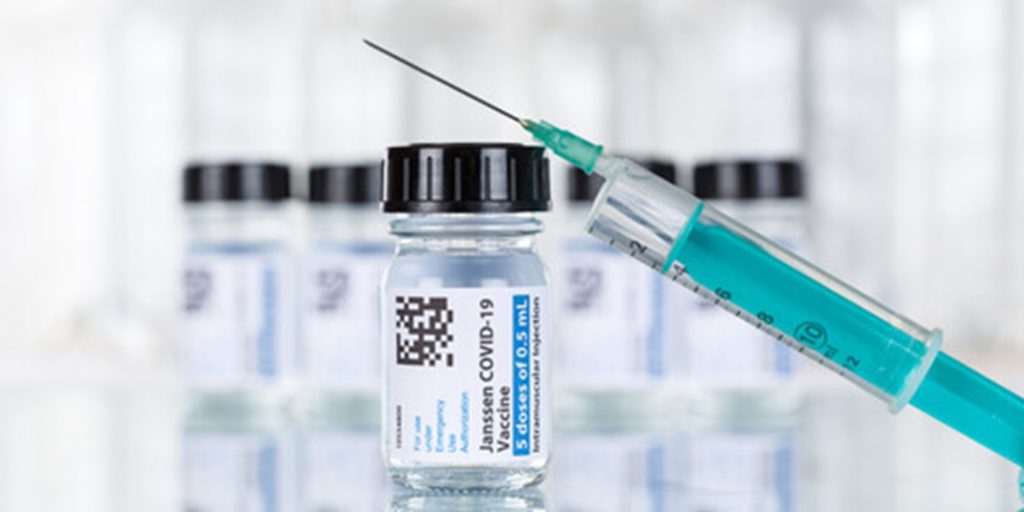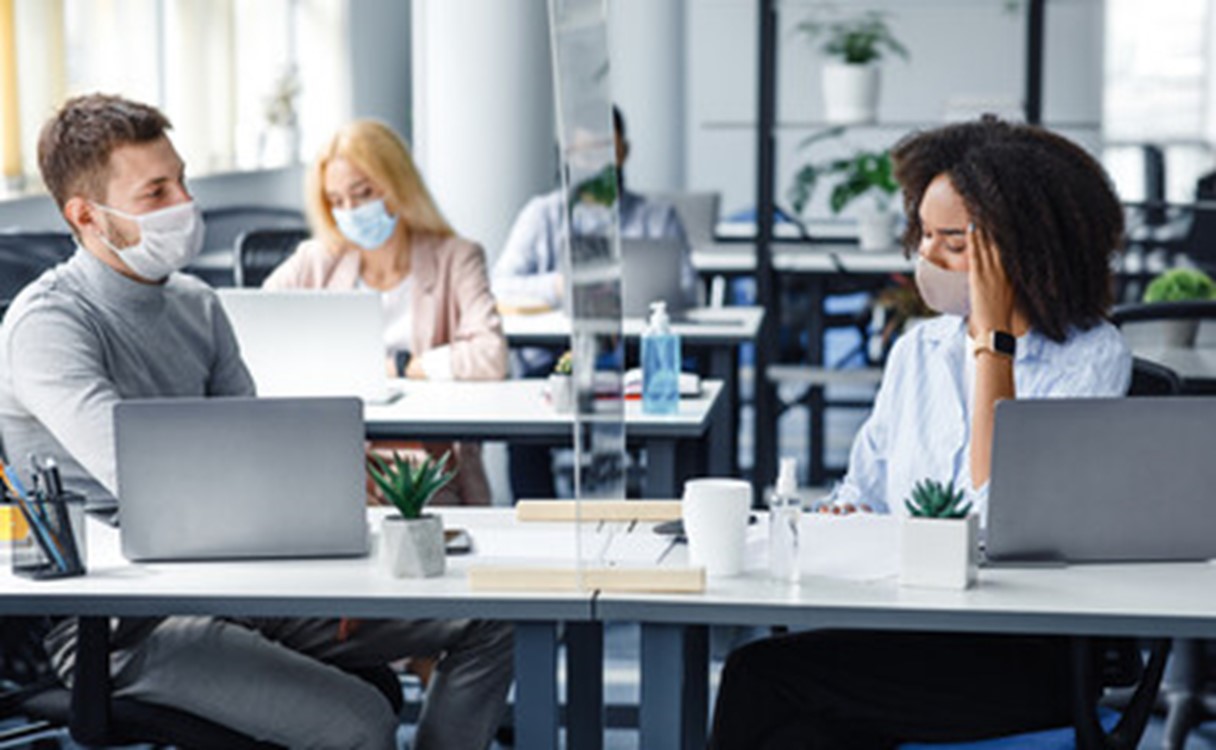
How will YOU HELP end the COVID pandemic?
One COVID PEEL measure or a few, everything you do counts!
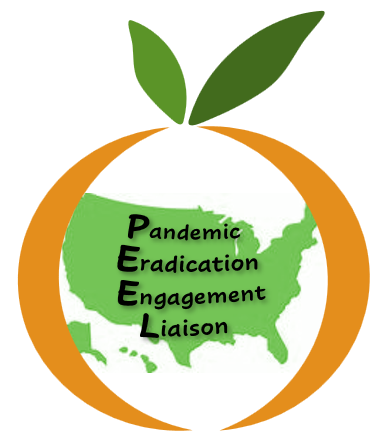
Want COVID to end? It is up to YOU!
Be A PEEL
Worth in Wearing Masks
The vital role of masks in ending the COVID pandemic
Masks have proven to be a key tool in ending pandemics for centuries. Masks offer primary protection and basic infection control when airborne diseases such as COVID are a threat. They provide a needed barrier to help stop viruses that may be floating in air from entering and exiting noses and mouths. In simple terms, wearing masks decreases risk of breathing in and/or breathing out contagious germs, regardless of vaccination status.
There is a battle between mask motivate, mask mandate, and mask negate. The fact is, whether you choose to wear masks or not, an airborne pandemic as contagious as COVID will not end without efforts such as masks that prevent passing on infection.
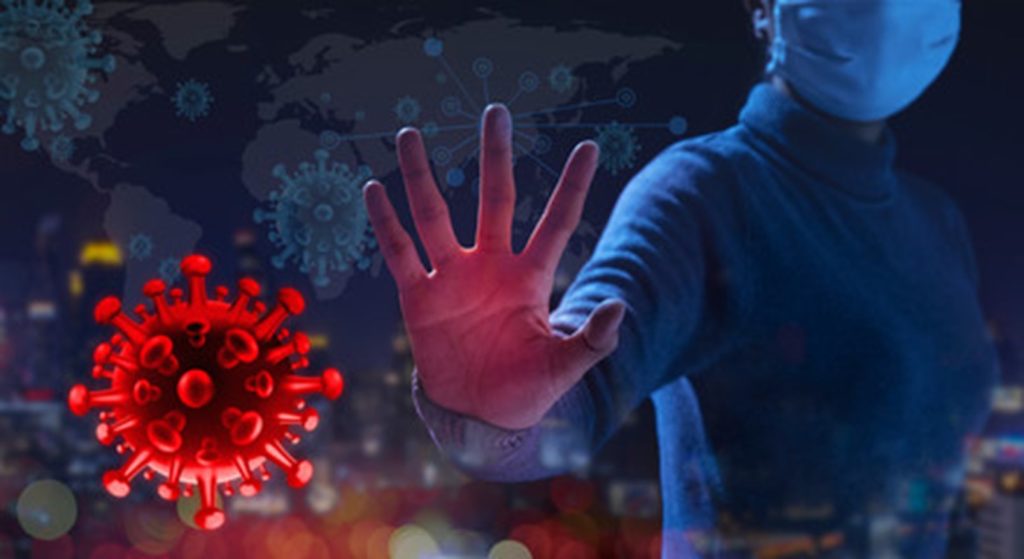
Masks are vital to your defense when viral germs are in the air.
See the questions that follow for more on motivation to mask.
Masks. We won’t end the pandemic without them.
Not willing to wear masks? Will you commit to one of the other COVID-control measures?
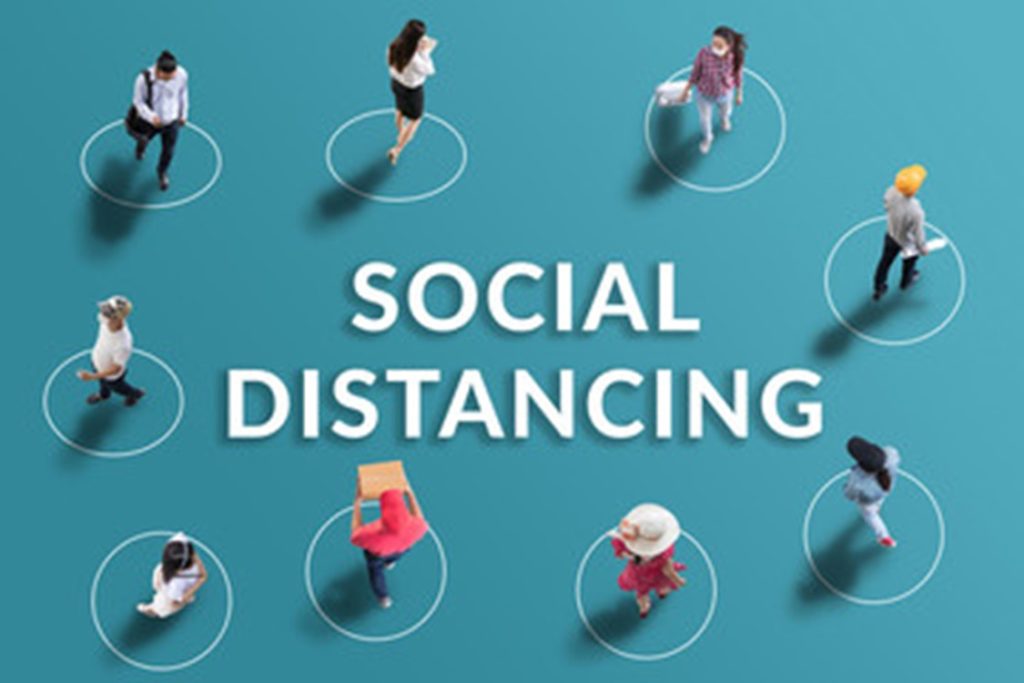
Want out of this pandemic? See the information below for more information on safety in social distancing.
Safe Your Space!
Safety in Social Distance
Too close for comfort may be contagious
Keeping a safe distance between self and others can prevent exchange of airborne viral germs. This sacrificial effort can and does save lives during a pandemic. Social distancing includes limiting time meeting in public spaces and/or facility settings, as well as avoiding mass gatherings and crowds.
Centers for Disease Control and Prevention (CDC) suggests at least six (6) feet of distance make a difference. Personal space has never been more important than it is today. Whether in line, in restaurants, at group events, or a family barbecue…if you must go wherever you go, keep a safe distance from others that do not live in your household.
More gatherings mean more close contact, which means more COVID cases, which prolongs the pandemic. The return to pre-pandemic normal will be delayed without social distancing to help prevent new COVID infections. “Safe your space” if and when possible.

Minimize Handshakes
Handshakes can transfer germs from one person to another. A handshake transfers four times the amount of bacteria than a fist bump does, according to a West Virginia University study. Consider an elbow bump or avoid touching altogether. Sanitize hands between touches!
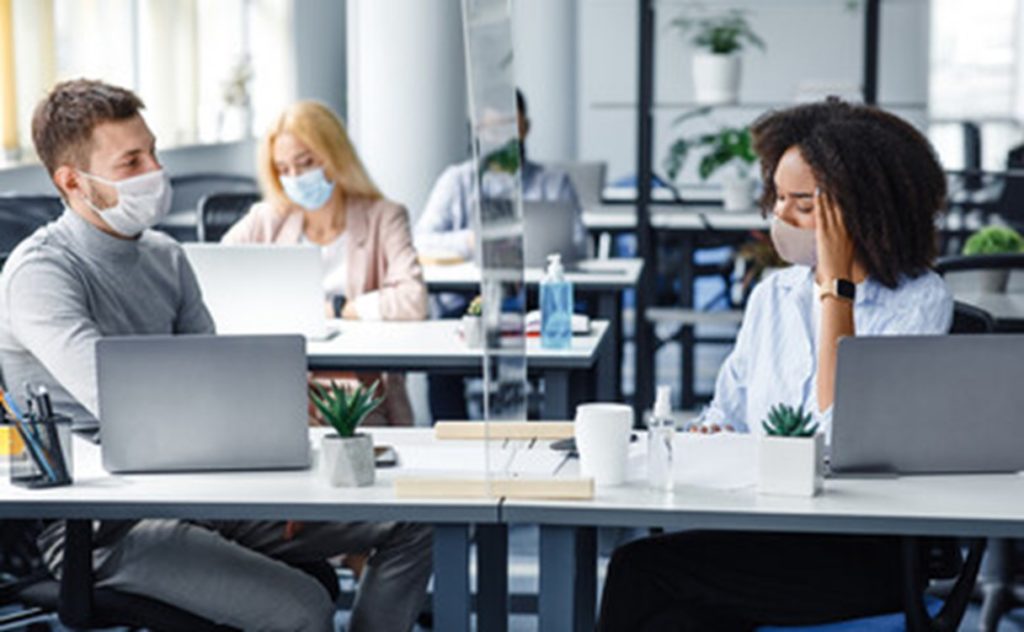
Wide Spaces at Work
Putting distance between you and coworkers helps to minimize risk of spreading COVID germs. Workspace that allows you to avoid sharing items and/or touching spaces that others may frequently touch helps. Also, use disinfectant to clean all surfaces periodically.
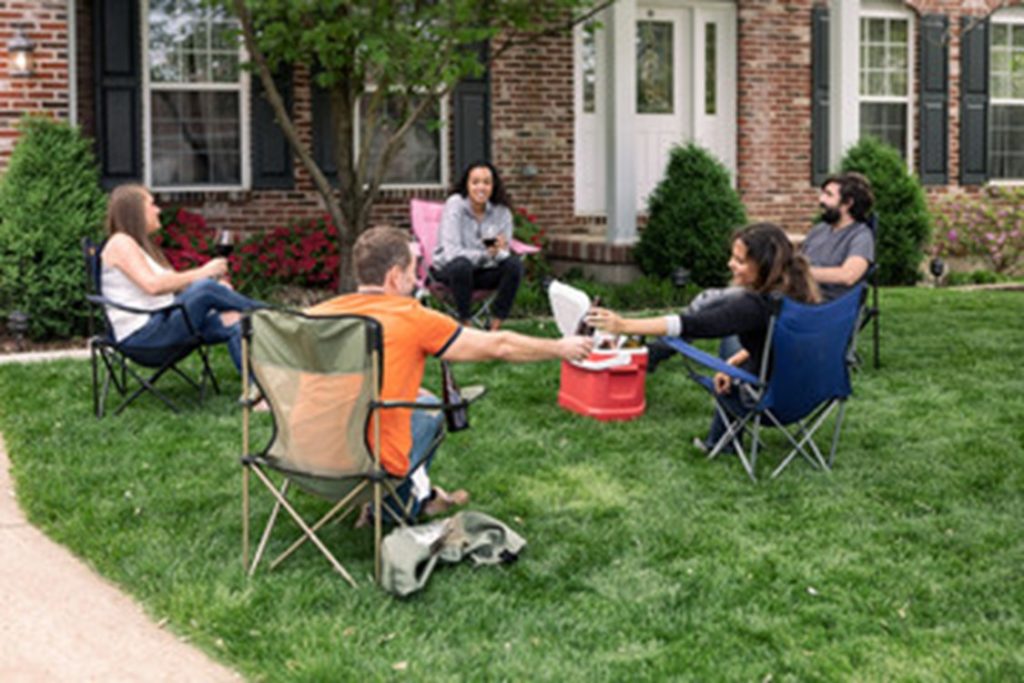
Limit and Space out Guests
COVID goes where people go. The more people there are in one space at the same time, the more likely COVID transmission can occur. Limit the number of guests invited to events to allow for adequate social distancing. Seat guests far apart (at least six feet) as much as possible.

Dine with Distance
As restaurants open to allow more guests, try dining in places that take COVID precautions to ensure safe distancing and wide-open spaces. Restaurants with a “mask until meal” practice have taken efforts to minimize spread by requiring masks unless eating.
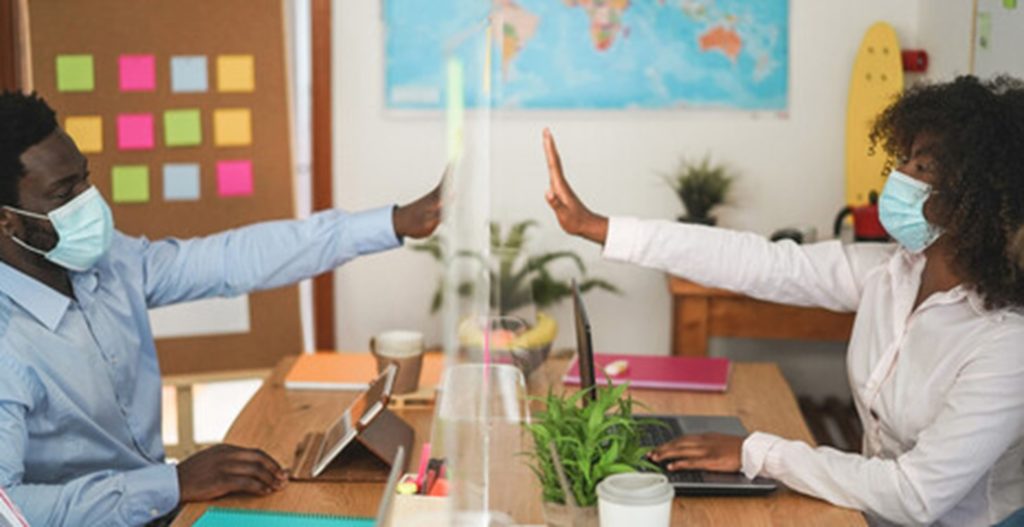
Not willing to practice social distancing? Will you commit to one of the other COVID-control measures?
Vaccine Vantage Point
Value and validity of COVID vaccines
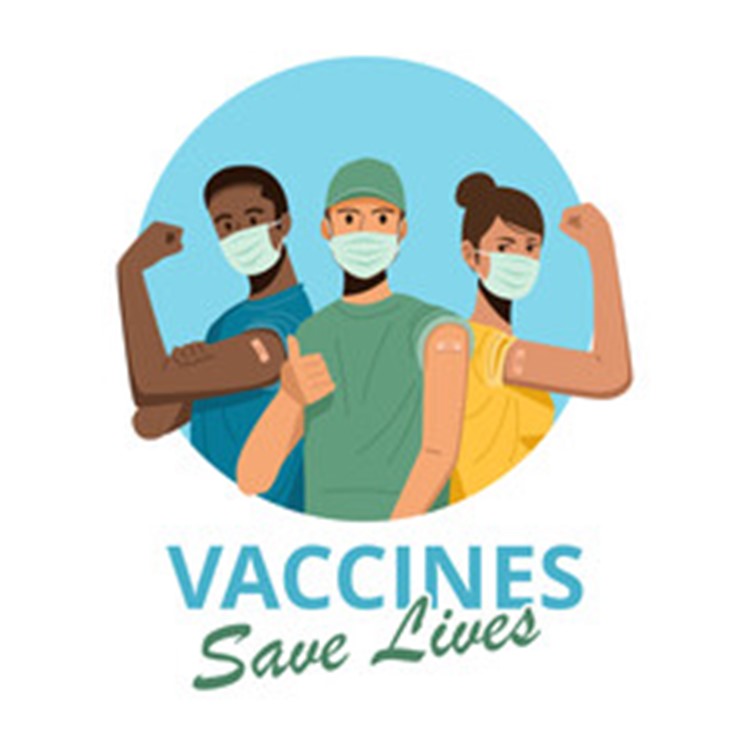
Our hope for eradicating COVID-19 relies on the value and benefit of COVID vaccines. Vaccines along with masking and social distancing have been important in ending pandemics throughout history. Many communicable diseases of the past are no longer threats because of vaccines.
Vaccines build antibodies that help make people immune to vaccine-specific virus. Immunity works to neutralize or limit the impact of a virus on the body if a person becomes infected.
After millions of doses, COVID-19 vaccines have been determined safe and effective in increasing immunity against COVID-19 virus. COVID vaccines may not prevent everyone from getting COVID-19, but if a vaccinated individual is infected with COVID-19, chances of survival are greater than for those who are not vaccinated.
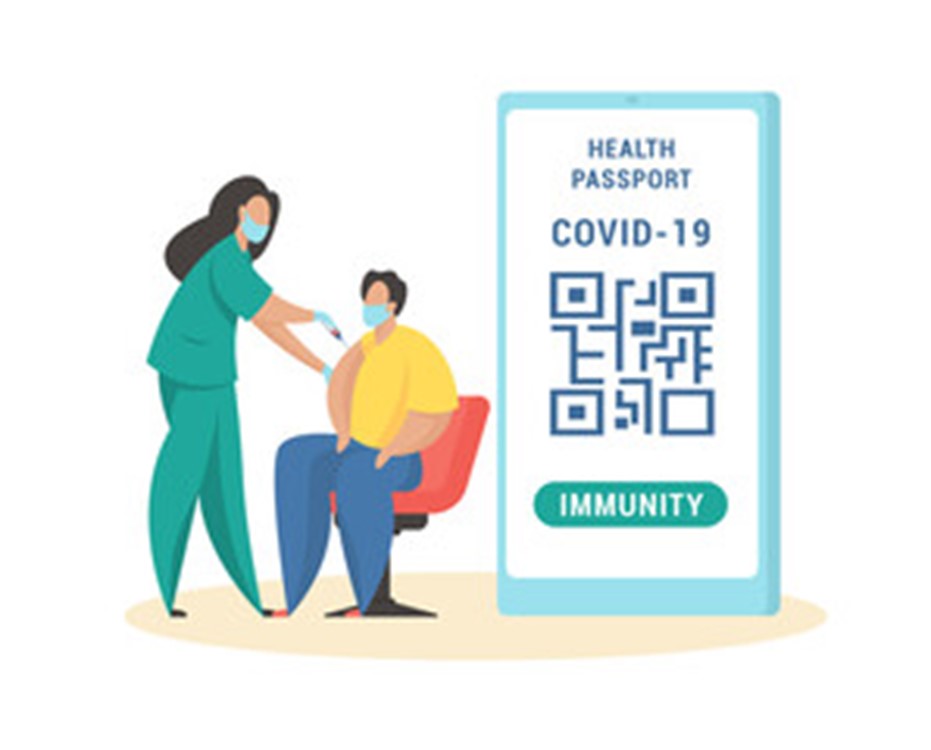
More information on the vaccines currently used in the U.S. can be found via the images below.
Vaccine Options
COVID-19 vaccines in the U.S. currently include three options with Food and Drug Administration (FDA) authorization or approval.
Not willing to be vaccinated? Will you commit to one of the other COVID-control measures?
Other COVID-Control Measures
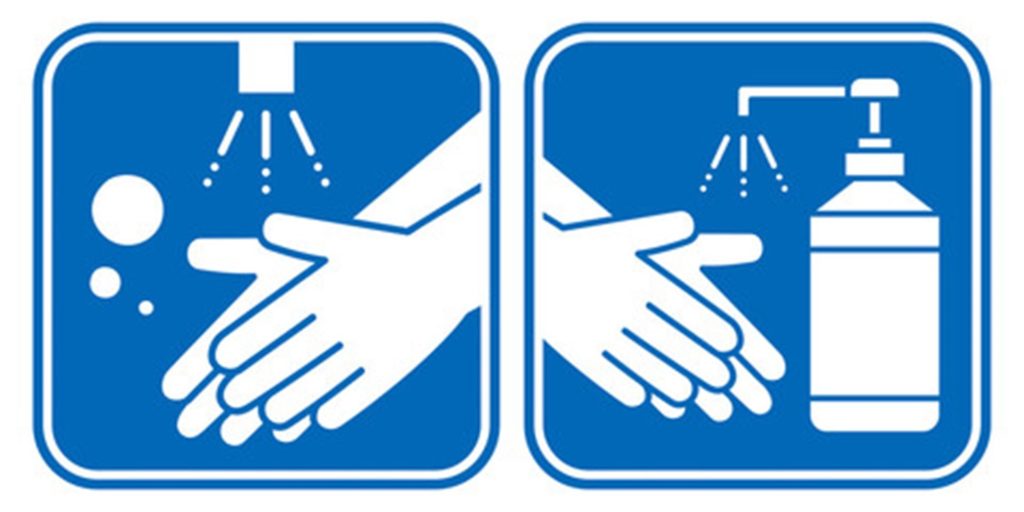
Unclean hands make it easy to spread germs and cause illness. Germs collect on hands and on items hands touch. Washing hands with soap and water for 20 seconds or with hand sanitizer can help prevent getting or spreading germs to stay healthy. Wash hands often and after touching dirty items, body parts, body substances, animals, or items touched by others. Also wash hands after touching your mask.
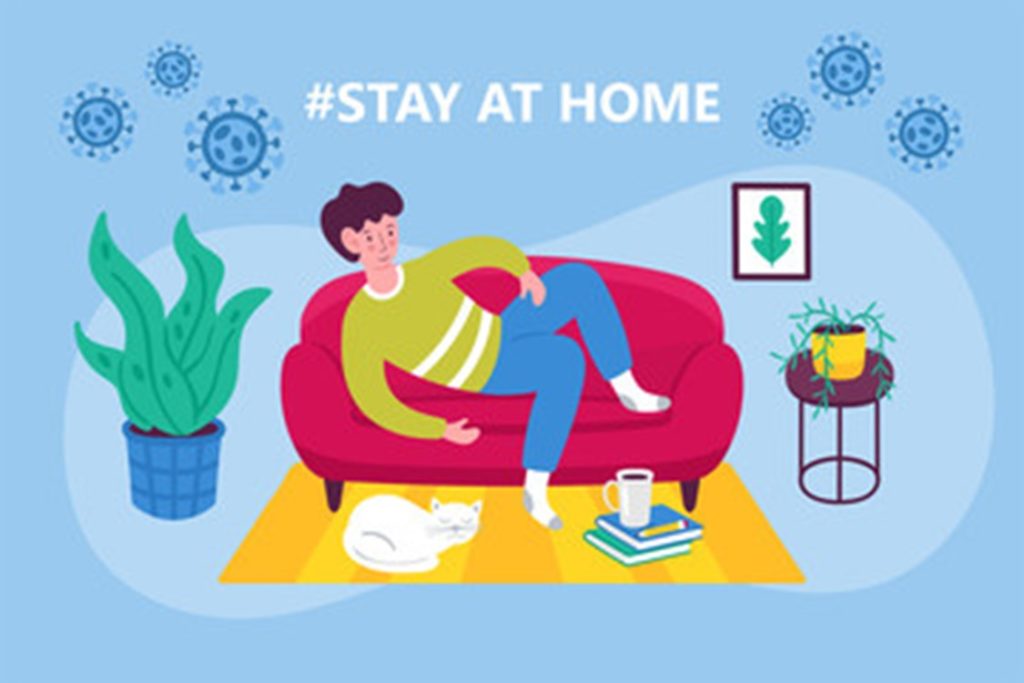
Quarantine and isolation prevent spreading illnesses to others while possibly contagious. If you are not near anyone, you cannot infect anyone! Quarantine should occur when exposed to COVID and before symptoms develop (in case infection has occurred but is not yet obvious). Quarantine 10-14 days if in direct contact with someone who tested positive for COVID-19. Isolation should occur if one or more symptoms develop. Isolate immediately and up to 14 days (or longer if symptoms continue to exist and positive COVID test results).
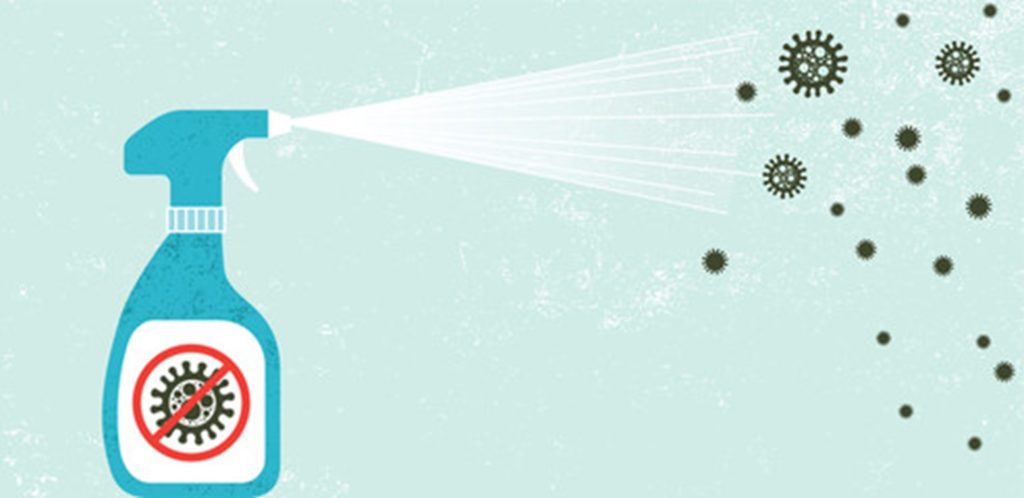
Cleaning surfaces is a basic way to reduce the presence of germs and help control the spread of COVID. If infectious germs are floating in air, they can land on hard surfaces and items. Though not the major way viruses are spread, contaminated surfaces can be a source of contagion. Use a disinfectant cleaner to wipe down items and surfaces that are frequently touched, shared with others, or visibly dirty.

